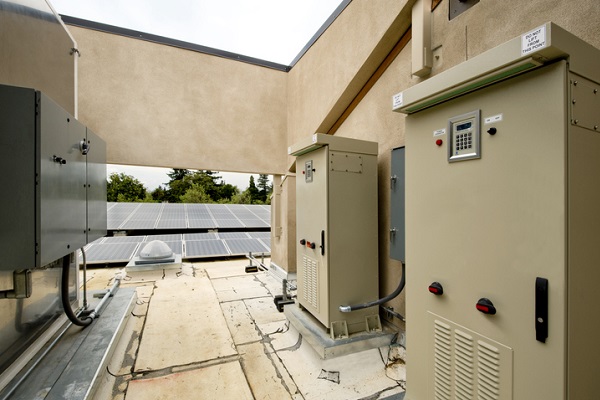ERAC outlines requirements for multiple mode inverters in stand-alone operation
The Electrical Regulatory Authorities Council (ERAC) has explained the requirements for multiple mode inverters in a stand-alone operation.
With an increasing number of multiple mode inverters being installed, many systems provide a stand-alone AC supply in the event of grid failure or outage.
ADVERTISEMENT
The document linked below explains the requirements for those systems to have an earthed reference AC supply, according to clause 5.4.3 of AS/NZS 4777.1:2016.
Many systems require circuit connections to be implemented in Australia and New Zealand, to meet our local electrical requirements. This is generally mentioned in the installation manual of the equipment being installed.
RCDs are to be installed on final subcircuits as per the requirements of AS/NZS 3000. The RCD’s installed shall meet the requirement of the manufacturer and operate correctly to the output waveform of the equipment manufacturer
Please find a link to the document here, courtesy of NECA SA.
-
ADVERTISEMENT
-
ADVERTISEMENT


